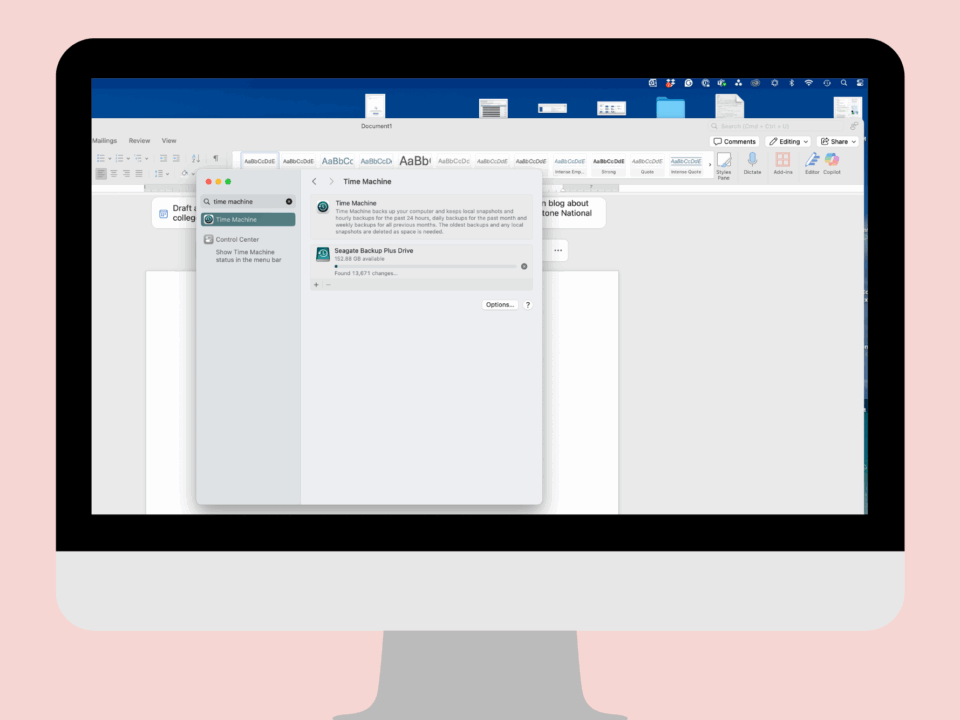
What is the Difference Between a Router and Modem?
May 9, 2017
Are You Prepared if the Unthinkable Happens?
July 10, 2017It is estimated that over 200 billion email messages are sent every day. Email has become a major form of communication over the past 20 years…and it’s not going anywhere. So, what do you need to know about email to use it safely and effectively?
Email Best Practices for Safety
 While email can make life easier, it isn’t totally secure. Hackers have discovered ways to wreak havoc with it. This shouldn’t deter you from using email provided you follow some simple guidelines to protect your account.
While email can make life easier, it isn’t totally secure. Hackers have discovered ways to wreak havoc with it. This shouldn’t deter you from using email provided you follow some simple guidelines to protect your account.
First and foremost, never send sensitive information like credit card numbers, passwords, or your Social Security Number. Use common sense on what you write or attach to an email.
Second, be smart about opening attachments from others. Using email attachments loaded with viruses and other malware is a favorite trick of the bad guys. It’s generally safest not to open any attachment you were not expecting. If a friend sends you an unexpected attachment in an email, you may want to ask if he or she knew they sent it before downloading. If you are sending an attachment, mention it in the email and say why. “Here are some pictures of the grandbabies. Thought you would like to see the birthday party.”
Lastly, don’t forward chain emails. Not only is it not safe, as many of these have dangerous links, they also often contain inaccurate information. It is best just to delete these emails.
Don’t Let Email Snowball
The email Inbox can get overwhelming fast. The best way to avoid having an overflowing Inbox is to empty it every day. Make it a habit.
Your inbox isn’t a storage bin. It should only have new mail that hasn’t been read. It’s best practice to review email and then either delete it or move it to the appropriate folder for future reference. Your email provider gives you the option to create your own folders to help keep you organized. Use this feature! You can create folders by person, topic or entity.
There are a lot of apps or services available to help keep your email organized and maintain an empty inbox. Unroll.Me is a free service that helps you to unsubscribe from newsletters or organize them into one email delivered daily or weekly.
Another great service, and one that I use is SaneBox. SaneBox prioritizes emails by leaving them in your Inbox, moving them to a “later” or “news” folder. Over time you “train” SaneBox to filter emails into the appropriate folders and can create others to match your needs.
When it comes to email, junk or spam is unavoidable. Fortunately, your spam filter can catch a lot of the garbage so you don’t have to deal with it. To get the most out of your spam filter you must train it. If an email in the Inbox is spam, don’t just delete it. Mark it as junk. It is also good to get in the habit to check your junk/spam folder once a week to make sure important emails are not accidentally caught by the spam filter.
Email Etiquette Basics
Writing an email seems straightforward, but there are some important rules to follow to make sure you are communicating in a clear and concise manner. Poor email etiquette negatively reflects on you as much as poor table manners.
As when writing a letter, start every email with a greeting such as “Dear Jane” and end with a closing phrase such as “Thanks”. The “subject” is an important part of the email to help make sure your email gets read. Never leave it blank. Use a brief description to let the recipient know what the email is about.
Always double check for spelling errors before pressing send. Unlike with texting, emails should be written in grammatically correct language, regardless of the language you speak. Most email services have spell-check built in.
Another great tool to help is Grammarly, a grammar checking app. There is a free version that does a great job catching misspellings and grammatical errors.
It’s hard to read “tone”, voice inflections or hear a smile when reading email. Don’t be sarcastic or use irony. Your recipients may not be able to understand the meaning of your words, which can lead to misinterpretations and hurt feelings.
Keep it simple! Don’t go nuts in using different colors or bolding words. It may look unprofessional or make the email difficult to read. Never use ALL CAPS. IT IS LIKE SHOUTING. They are a big NO-NO.
Following these basic guidelines, you can easily tame email and prevent the all too common, “email overload.”
What’s your biggest problem with email? I would love to hear what you struggle with and how you manage your email. Please post in the comments below or reach out to me on Facebook or Twitter by clicking on the links.
[1] Unroll.Me is a free service that in exchange for help with pulling newsletters into one email for reading or unsubscribing from newsletters, it scans your entire Inbox and extracts data. It then sells this data to companies for marketing purposes.
[2] SaneBox works with all email and is a paid service. They do not use any of your data for marketing or data sales.






